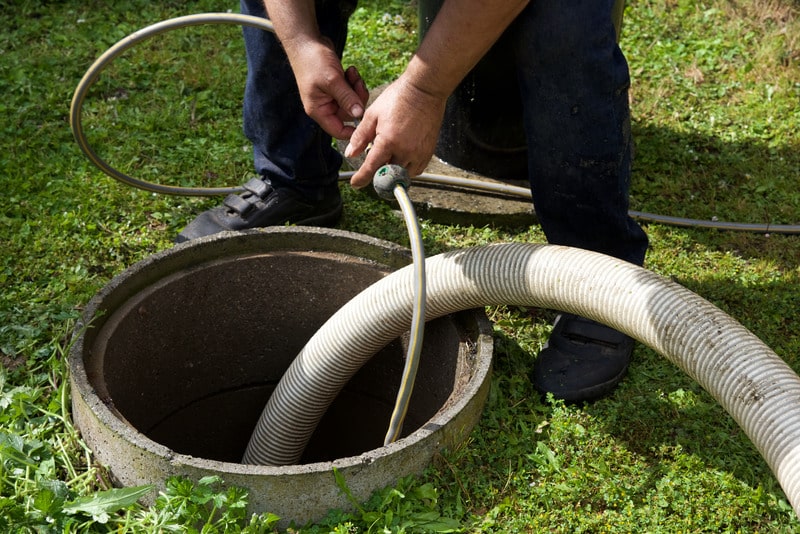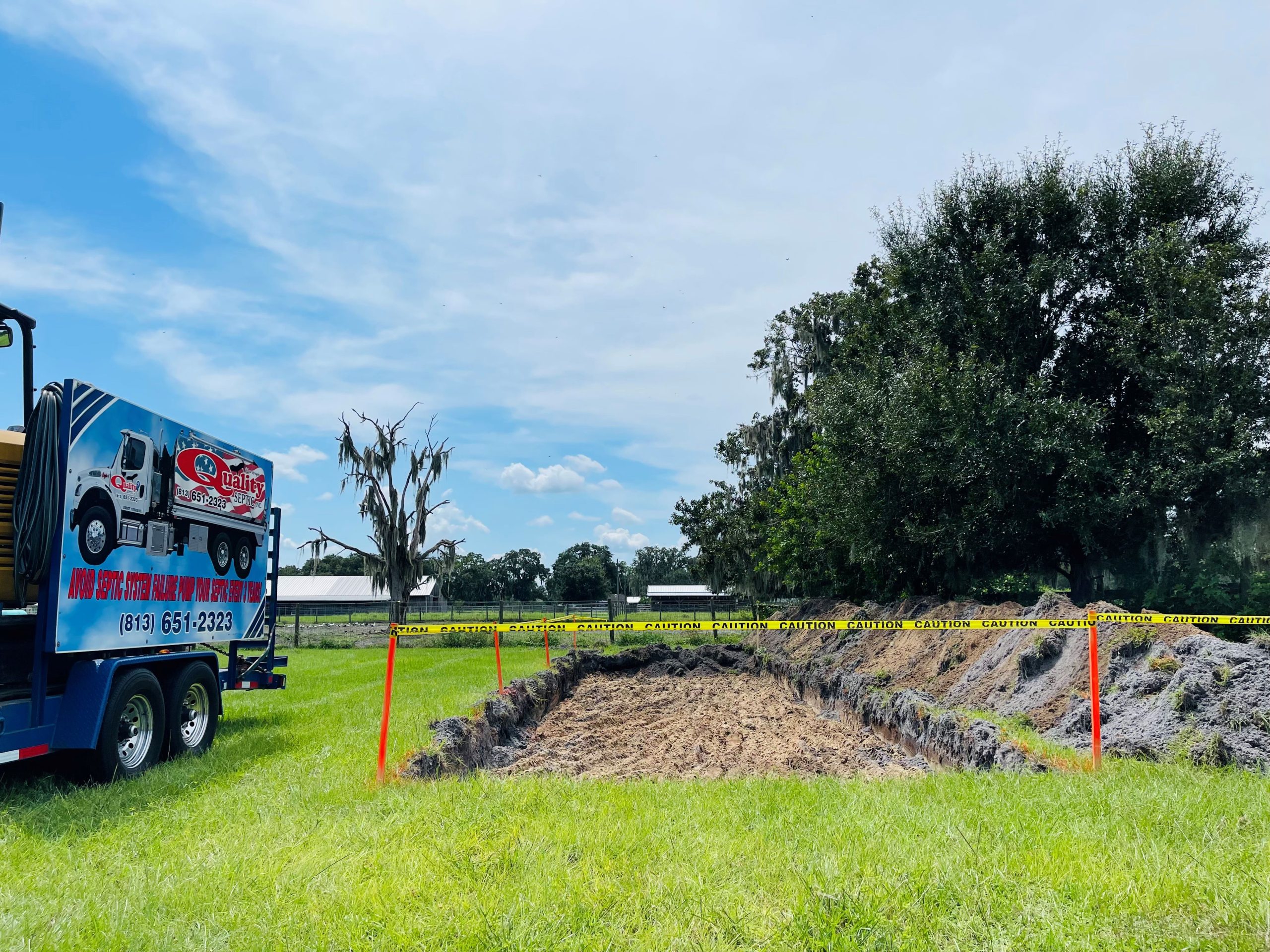Stillwell Septic And Grading Fundamentals Explained
The 10-Second Trick For Stillwell Septic And Grading
Table of ContentsSome Of Stillwell Septic And GradingEverything about Stillwell Septic And GradingHow Stillwell Septic And Grading can Save You Time, Stress, and Money.9 Simple Techniques For Stillwell Septic And GradingThe Ultimate Guide To Stillwell Septic And GradingThe Best Guide To Stillwell Septic And Grading
Repair leaky taps and plumbing fixtures. https://www.find-us-here.com/businesses/Stillwell-Septic-and-Grading-Bluffton-South-Carolina-USA/34016304/. A leaky commode can squander hundreds of gallons of water a day. Take shorter showers. Pursue less than 5 and do the shower jive. Take baths with a partially-filled bathtub and do not leave the faucet running when doing other tasks. Wash only complete loads of dishes and laundry.
The 20-Second Trick For Stillwell Septic And Grading
Stay clear of melting piles of leaves or branches over the drainfield, as the warm might damage the plastic pipelines below. Limit the enhancement of topsoil or compost to no greater than a couple of inches over the drainfield. Septic Service, Maintenance and Installation. A great general rule for landscaping over drainfields is to utilize shallow-rooted plants that do not require extra topsoil to grow
Turf is the most effective cover. Stay clear of trees, bushes, and water-loving plants with deep roots. Yards, mixed wildflowers, and ground covers with superficial roots are great choices. Plant trees and hedges at the very least 30 feet far from your septic system and drainfield to maintain origins from obtaining into and breaking or blocking the drainfield pipelines.
For more details please visit the Landscaping Your Drainfield page. A septic system failing creates without treatment sewage to be released and carried to where it should not be. This might create sewage to come to the surface area of the ground around the container or the drainfield or to back up in pipes in the building.
Stillwell Septic And Grading for Dummies
In most instances, the person who falls in goes out without serious injury. A kid's unfortunate fatality is a tip to check your septic system for harmed or missing out on covers. https://moz.com/community/q/user/stillwellsag. Owners of septic systems are accountable for making certain the systems are safe and function correctly, including having a safe lid on the containers
Routinely inspect the condition of the covers for risks or problems. Keep the lids secure by repairing or changing all damaged or missing parts. Use bolts, screws, or other locks to protect the covers and prevent very easy access. Never drive or park vehicles on top of septic tanks- it can harm or dislodge the cover.
Examine This Report on Stillwell Septic And Grading
See to it the lids are protected after dealing with your septic system. Instruct youngsters that the septic container covers are not to be used or opened. Have septic tanks that are no longer in usage navigate here effectively deactivated. For various other basic safe techniques around septic tanks please review the Septics 201 Do It Yourself Program Septic Safety And Security Tips.
Keeping in mind the levels will certainly assist determine if there is a potential issue with the system. Then, the storage tank will be entirely pumped down, getting rid of all of the liquid and strong waste. Once the container is totally pumped, the inlet and electrical outlet tees of the will certainly be inspected to guarantee they are still intact and functioning correctly
Stillwell Septic And Grading Fundamentals Explained
If you are home at the time of service (totally not called for if that's not your point) you may be asked to purge your commodes to make sure every little thing is flowing correctly. As soon as the solution is complete, the septic tank will be covered as it was when we arrived! Specialists recommend having your system pumped every 3 to 5 years however several variables ought to be taken into consideration when choosing how frequently your sewage-disposal tank requires to be serviced.

If you are experiencing smells in your home, provide us a telephone call. This can be a sign of an upcoming septic back up! Possibly. If your septic has not been serviced in greater than 6 months, we would wish to service the septic first. If the trouble lingers, a drainpipe cleaner will then be sent to clear the line to the septic system.
The Basic Principles Of Stillwell Septic And Grading

If the ponding is concentrated over the leach area that can mean a leach line is blocked with Bio-Mat and needs to be repaired or replaced. Many sewage-disposal tanks have 2 to three covers; one over the inlet side of the septic system (where the water from your home gets in the storage tank), one in the facility of the tank, and one on the outlet side of the tank (where the liquid from the tank leaves to your leach area).
Chopped up food bits do not break down in the septic system and can make their way out right into your leach field lines causing blockages. Rubbish disposals, even those marked septic secure, are ruled out valuable for your septic system. Correct functioning level is where the water level in your storage tank satisfies the electrical outlet tee of the storage tank.